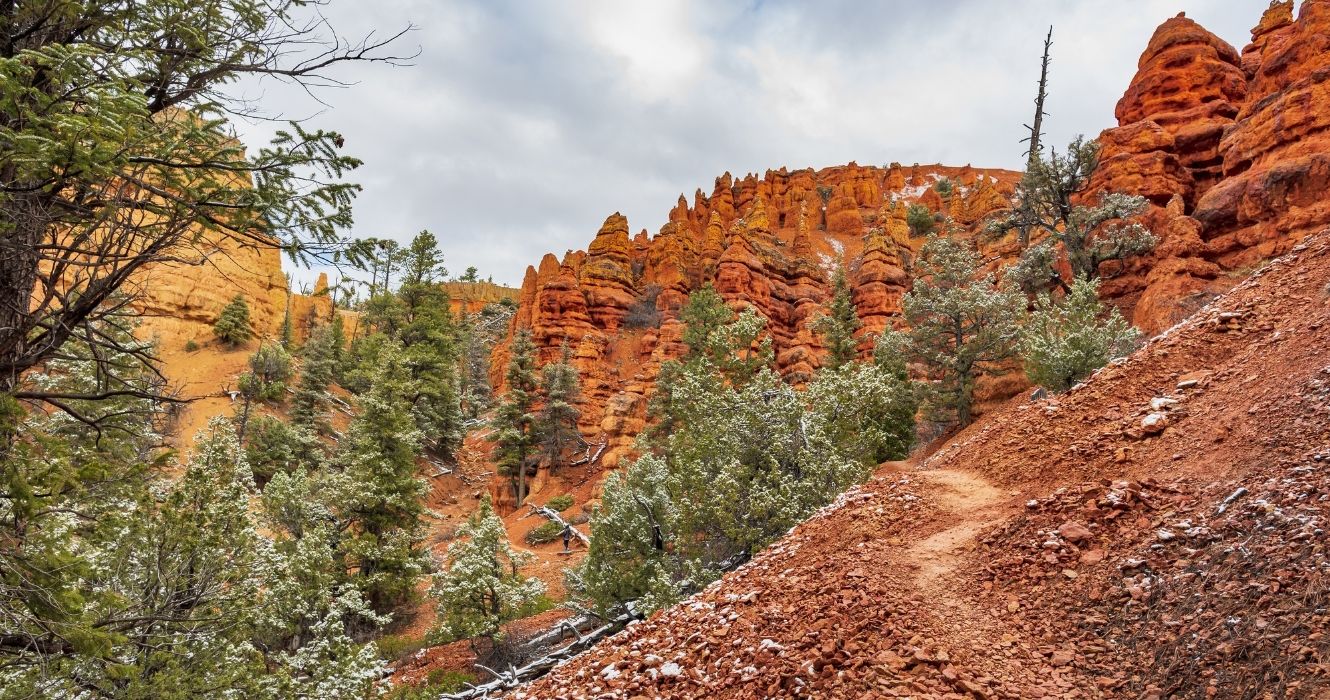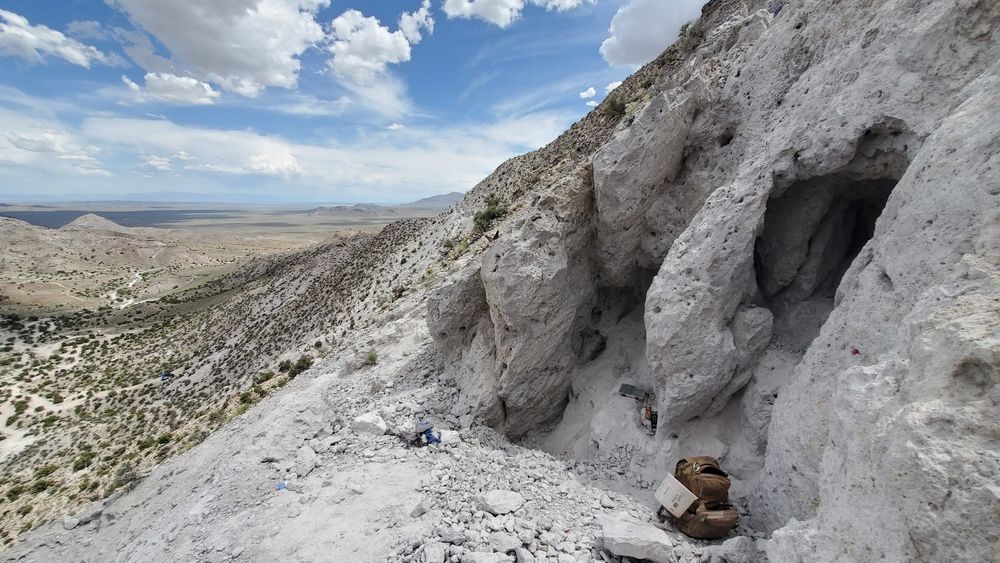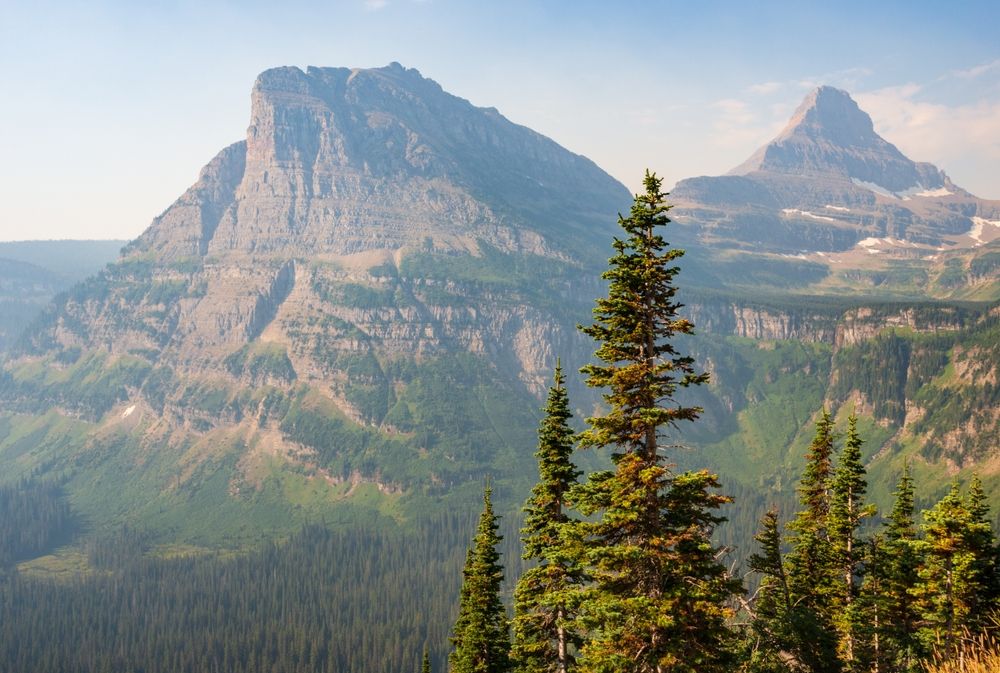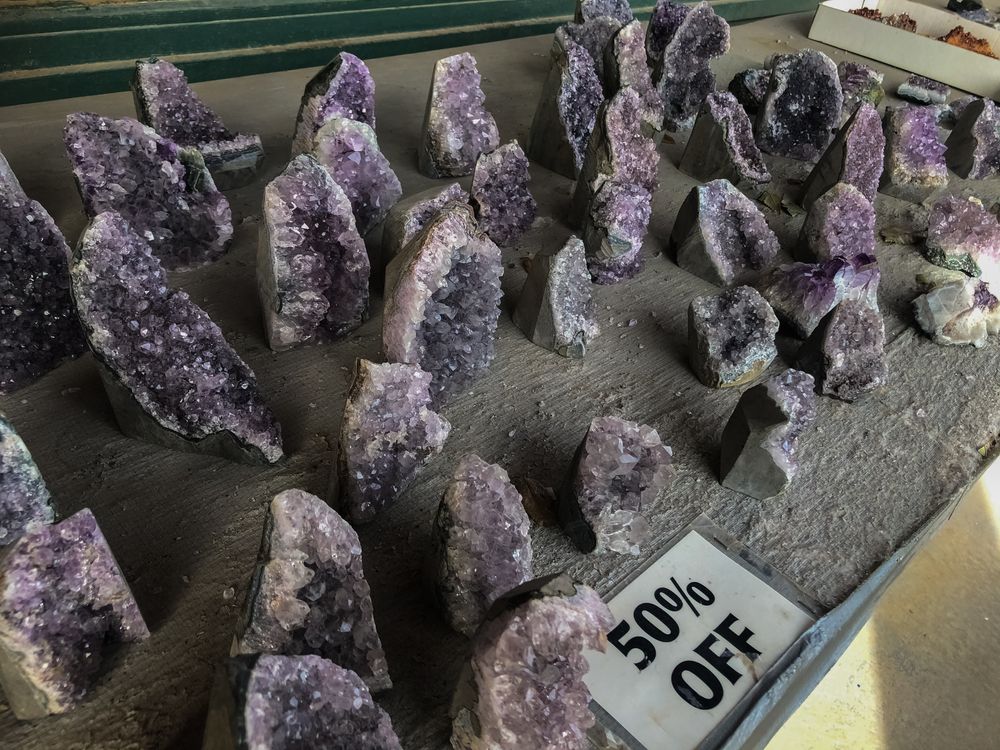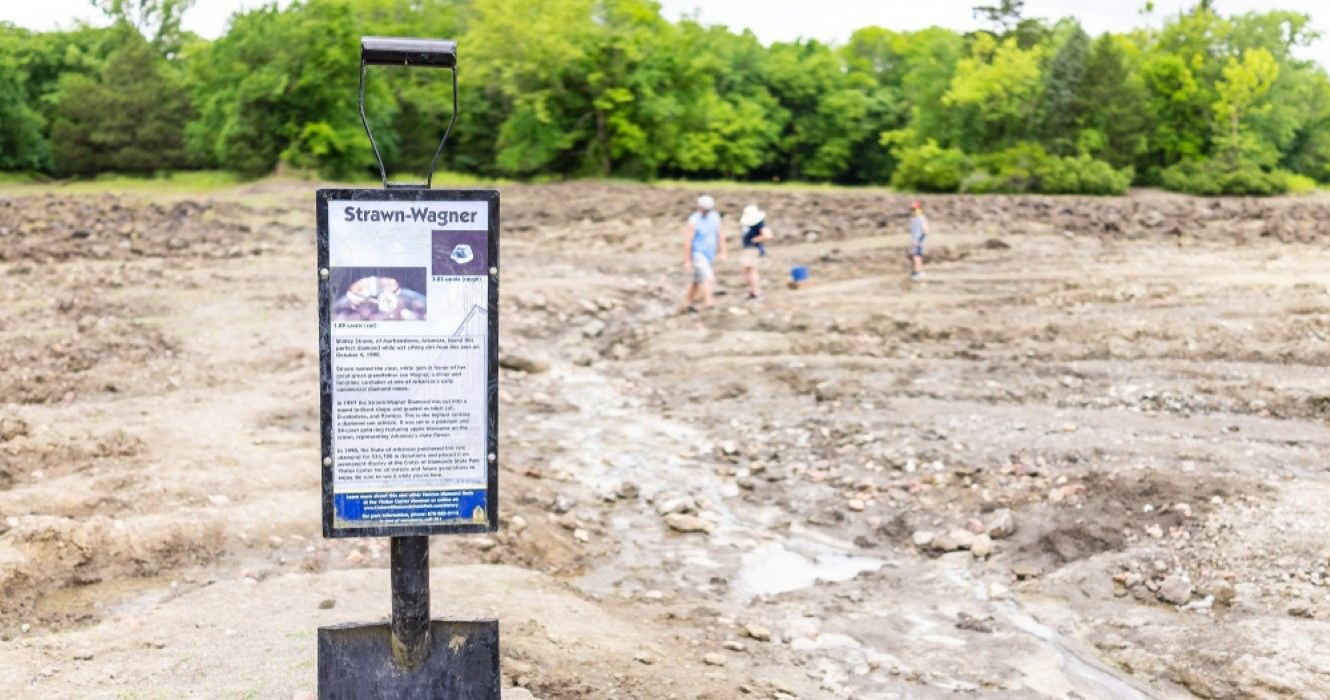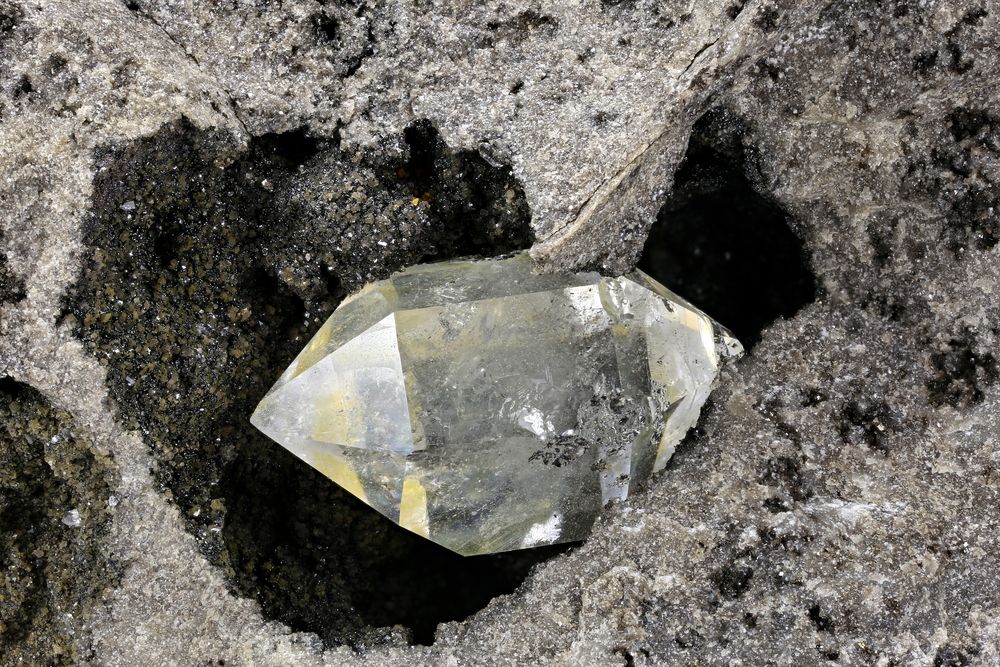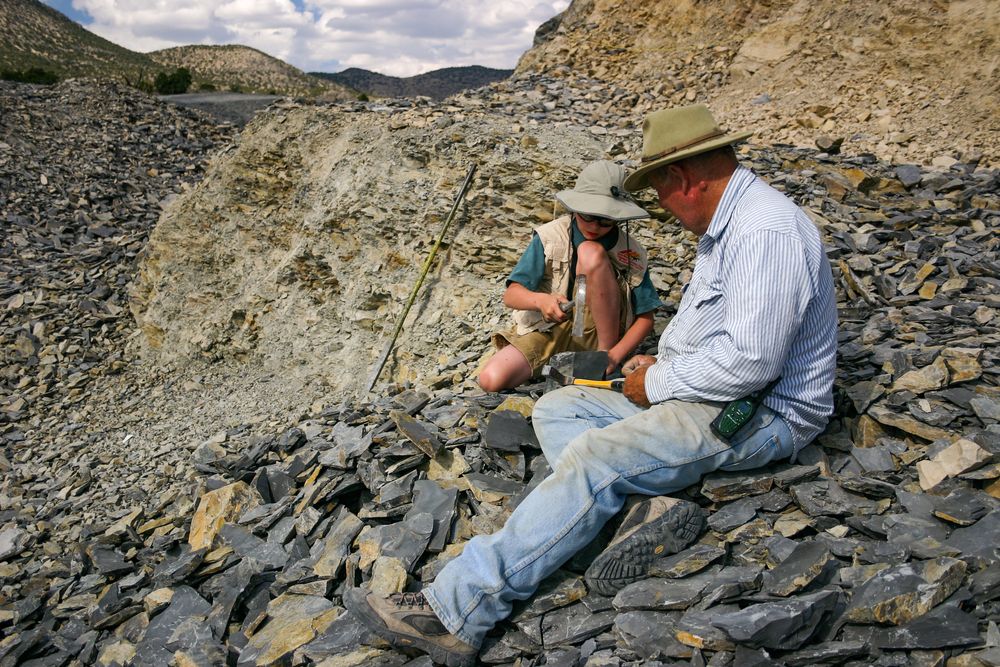Read update
- Best Spots For Rockhounding In The Country
Summary
- The US is home to numerous rock-hounding sites with a wide variety of gemstones, minerals, and fossils waiting to be uncovered in every state.
- The Bureau of Land Management (BLM) owns much of the land ideal for rock hounding, which is free for the public to access, but additional fees may apply for enhanced experiences.
- From the Topaz Mountain in Utah to the Trilobyte Me! Quarry in Utah, there are unique and diverse locations throughout the country where rock collectors of all levels can find the treasures they are looking for.
The United States is home to no shortage of outdoor activities, with great expanses of untouched land and over 400 national parks waiting to be experienced. Ancient volcanic and tectonic activity that helped shape the country have left unique remnants that are perfect for the adventurer looking for a labor-intensive outdoor hobby. With large deposits of precious gemstones, minerals, fossils, and petrified wood waiting to be found in nearly every state, budding geologists with no background and avid rock collectors with high-end equipment and years of experience can hunt side-by-side. Everything from quartz to diamonds is ripe for the taking at these unique rock-hounding locations throughout the US.
BLM stands for the Bureau of Land Management, which owns much of the land ideal for rock hounding. BLM lands are free for the public to access, but other fees to access enhanced experiences may apply at specific locations.
UPDATE: 2023/09/10 07:44 EST BY NICHOLAS MAYAMBA
Best Spots For Rockhounding In The Country
Rockhounding is an age-old hobby that allows enthusiasts to dig out precious gems from within the earth's crust. The US is home to rockhounding sites and this updated article features more places where prospectors can hunt for precious rocks.
12 Topaz Mountain, Utah
Located in one of the best rock-hounding states, Topaz Mountain is a quintessential rock-hounding area for those who are willing to get to it. Owned by the Bureau of Land Management, Topaz Mountain is free for rock collectors to visit and take what they find. Getting there is no easy feat and involves a drive down the quiet Route 174 before switching to off-road vehicles to get to the best parts of the claim. The reward for travelers who venture into this desert landscape is plentiful topaz stones in various colors and numerous other crystals, including bixbyte, pseudobrookite, almandine-spessartine variety garnet, and bixbite. With different parts of the claim known for different types of stone, avid rock collectors and casual searchers alike can find exactly what they are looking for at this gemstone hotspot.
- Dig fee? No**
**While digging on Topaz Mountain is free, access to the dome blast site costs $75 a person.
11 Rainbow Ridge Opal Mine, Nevada
Precious crystal opals from the mine.
Reno, Nevada, is a surprising hotspot for a variety of activities, and the area around Reno, Nevada, is rich with rock hounding sites. One of the most famous is the Rainbow Ridge Opal Mine in the Virgin Valley, Where opal has been mined for over 120 years. Thanks to ancient volcanic activity, the area is rich with specimen-quality opal. The opal is generally not mature enough to be turned into jewelry, but the beautiful colors make a fine display for any rock collector. With a short season running from May to September, Planning is key to ensuring collectors take advantage of this one-of-a-kind mine.
-
Dig Fee? Yes
- Tailings digging: $100/person
- Virgin Ground Load: $700/load
Rockhounders should carry enough water and other necessary supplies to this remote and deserted part of the country, as there are no facilities nearby.
10 Emerald Hollow Mine, Hiddenite, North Carolina
A prospector holding uncut emeralds in the hand.
The Emerald Hollow Mine In North Carolina is truly one of a kind, acting as the only emerald mine open to the public anywhere in the world. In addition to emeralds, prospectors can find more than 60 different types of gemstones and minerals on the premises. While reservations are not required to visit this year-round mine, permits are, and hours vary based on the weather, so be sure to call ahead and confirm availability. Those hoping to get a sampling of the many unique stones that exist here without going out into the mining area can purchase 2-25 gallon buckets filled with native soil guaranteed to be hiding some treasures. The heavy ancient tectonic activity in the area means that this location is perfect for digging, creaking, or sluicing, offering even the most amateur rock collectors a unique, well-rounded mining experience.
-
Dig Fee? Yes
- $25/adult
- $10/child (4 and up)
The dig fee includes the permit fees associated with digging at the mine.
9 Gem Mountain Sapphire Mine, Montana
Roadside Overlook Along Road to the Sun in Glacier National Park, Montana
Glacier National Park isn't the only beautiful thing worth driving to Montana for; those looking for jewelry quality gems can try their hand sifting gravel at the Gem Mountain Sapphire Mine in Montana. Visitors do not do their own digging at this location. Instead, staff dig in the mining area and put the soil in different-sized buckets for guests to buy and sift through. For $40, guests can purchase a gravel bucket pulled right from the mine and begin sifting through for their own gems. All the equipment is provided, and with knowledgeable staff on hand, this is a great stop for beginners, groups, or families looking for an activity together. Bounty in hand, visitors can either leave their stones in the rough or get them treated, cut, and set at the in-town store.
-
Dig fee? Yes
- $40+/bucket
Since there is no labor involved for rock hounding at the Gem Mountain Sapphire Mine, this is an excellent opportunity for enthusiasts to interest their kids in this dun pastime at a young age.
8 Dugway Geode Beds, Utah
View of rocks being sold as souvenirs at the Rock shop in the Orderville mine in Kanab Utah.
Another popular rock-hounding site on BLM land, the Dugway Geode Beds are a unique remnant of underground activity long passed. While activity-filled national parks like Zion give a very red impression of Utah, the Dugway Geode Beds paint a very different picture. As the name suggests, the area is full of geodes of varying colors and sizes. Visitors can try their hand at wandering and digging in the free claim areas or pay for access to blast sites. Since geodes do not stand out the way some other stones do, collectors have to go by shape and weight to find what they are looking for. While exploring the Beds is free, and guests are welcome to take what they find, getting there requires a 50-mile drive on a dirt road before either walking or off-roading to the less picked-over parts of the claim. That said, with geodes the size of softballs still plentiful for those who know where to look, this unassuming desert patch is more than worth the effort.
- Dig fee? No
7 Crater Of Diamonds State Park, Arkansas
Rock-hounding enthusiasts looking to literally camp among diamonds have found their perfect location at the Crater of Diamonds State Park. Miners can find white, yellow, and brown diamonds in this volcanic crater and amethyst, garnet, jasper, agate, and quartz. As a state park, digging is free, but the equipment is available to rent (no motorized equipment is allowed). Guests can prepare by going through the Visitor's Center and seeing what they might find and the region's history. Afterward, travelers can return with their loot to get the stones identified for free by the staff, ensuring even untrained eyes can walk away knowing exactly what they found.
- Dig Fee? No
6 Jade Cove Trail, Big Sur, California
Big Sur, California, is full of outdoor day trip activities, including rock hounding. A small stretch of the coastline, accessible only by a short hike, known as Jade Cove, is a picturesque place to go rock hunting. The cliffs themselves are tinted green, hinting at the Jade lurking below. Most of the best Jade deposits are only accessible by diving, but the ever-changing tides and waves mean that even beach walkers can come across a sizable find. The best time for visitors, specifically hunting for Jade, is during low tide, when fresh pieces have been pulled to the coast. Those looking for a less crowded Big Sur adventure and unique souvenir have everything they could need here on the Jade Cove Trail.
- Dig Fee? No
Venture offshore to access the largest jade deposits at the Jade Cover Trail, but find out if there are any permissions or restrictions involved.
5 Graves Mountain, Lincolnton, Georgia
Stone mountain, Georgia, United States
After the normal peak rock-hounding season from May to September has closed, dedicated rock Collectors can head to Graves Mountain in Georgia and explore the old commercial mining Beds there. The list of unique rocks and minerals to be found here is huge and includes kyanite, which the area was originally mined for, quartz, limonite, sulfur, and iridescent hematite. While the mine once provided half of the kyanite for the country, today, commercial operations have closed, and the beds are available by appointment only for private groups with hand tools. For safety reasons, visitors must be in at least a group of two so that no one is on the mountain alone, and children under 12 are not allowed on site. Those willing to follow the rules and safely explore the area will find not only countless crystals and minerals to take home with them but will be surrounded by the unique landscape of Central Georgia while they hunt.
- Dig Fee? No**
**There is no established fee to enter the area, but visitors are generally expected to provide donations to the caretaker who maintains the area for public use.
4 Glass Butte, Oregon
As a coastal territory, Oregon's geological makeup is extremely diverse. It is among the best states for rock-hounding, and sites are found across the region, filled with thundereggs (a type of Geode), Petrified wood, Oregon sunstones (a gemstone found only in Oregon), jasper, obsidian, fossils, and more. At Glass Butte, controlled by the Bureau of Land Management, obsidian is the stone of the day, but adventurers won't be limited to the well-known black obsidian. Here, travelers can find Rainbow, black, pumpkin, mahogany, midnight lace, gold sheen, silver sheen, fire, and double-flow varieties of obsidian. While many enthusiasts bring hand tools to find particular varieties, the obsidian is so abundant that a walk through the area will be littered with obsidian for the taking.
- Dig Fee? No
3 Herkimer Diamond Mines, New York
Herkimer diamond nestled in bedrock
Unlike the diamonds found in the mines of Arkansas, the "diamonds" of Herkimer Diamond Mines are double-terminated quartz crystals. Their unique structure gives them the appearance of diamonds, and while not as valuable on the market, they are definitely worth a visit. At the mines, visitors can either go prospecting in the mines themselves or buy a bag and go sluicing or sifting through for crystals. Both purchases come with the basic equipment needed to succeed, meaning that even true beginners can have a successful visit without a huge upfront investment. Crystals in hand, guests can have their stones cut and set into the jewelry to properly show off their finds. Though the quartz may not be a true diamond, with a hardness level of 7.5 and amazing clarity, they are sure to make a statement.
-
Dig Fee: Yes
- $50 for adults
- $14/child (5 and up)
- $15-30/sluicing bag
2 Spectrum Sunstone Mine, Oregon
Iron Rhyolite Silicate Ore from Oregon
the Spectrum Sunstone Mine in Oregon, seasoned rock hounders are in for a unique adventure that rewards them with unusual gems to add to their collection. Designated a gemstone in the 70s by the federal government, these precious finds only occur in Oregon and come in different color variations, including red, green, and blue. Visitors can access the mine all year round, although some sections are only open for a few months.
-
Dig Fee: Yes
- $75 for adults
- Free for kids 12 and under
Although susntone is the prominent gem at the mine, guests can also prospect for other stones, including Himalayan Tourmaline and trilobite.
1 Trilobyte Me! Quarry, Utah
Delta, Utah / USA: Senior shows young boy how to excavate fossils at U-Dig Fossils rock quarry.
Trilobites are among the most sought-after gems by rock-hounding enthusiasts, and this quarry in western Utah harbors a treasure trove of the precious stone. The site is open to access between April and mid-October and offers prospectors different access options, including discounts for large groups. Guests who spend a few days at the quarry can find accommodation at free camping sites or hotels nearby. They are also advised to carry their own mining necessities to dig for the abundant trilobites and other sea fossils at the quarry.
-
Dig Fee: Yes
- $50 for adults
- $35 for kids
- Free for 7 and under
Pack enough water and bring some sun cream to guard against the scorching sun.

